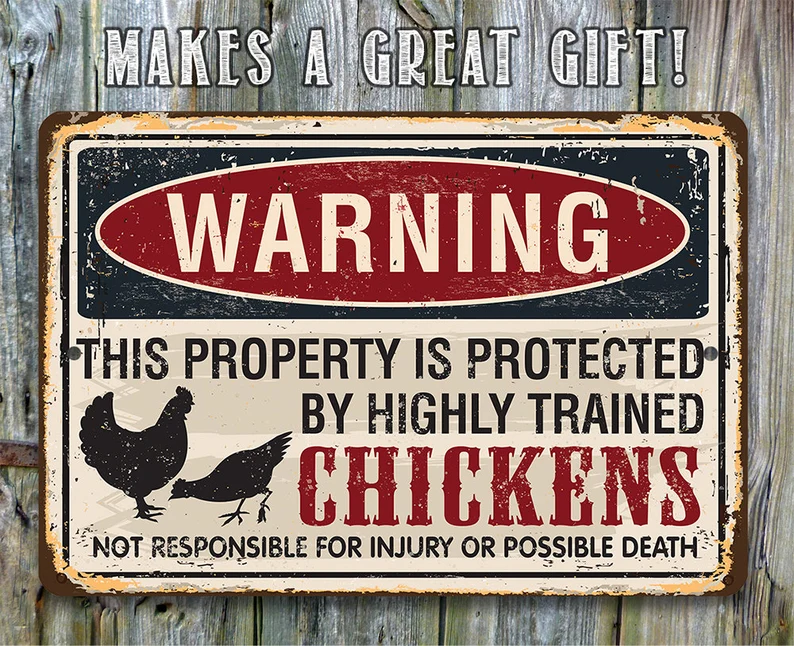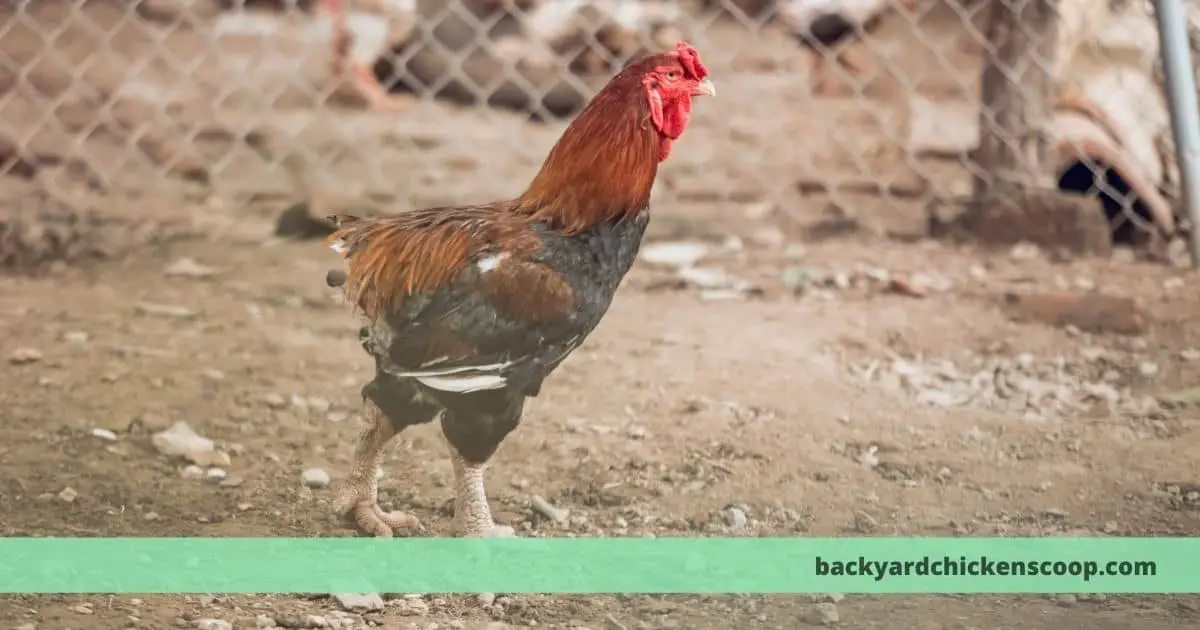The presence of sand in a chicken coop is a valid concern. In the coop and run, most people utilize standard bedding products. Use straw, hay, or something similar to cover the flooring and nest boxes. Sand, on the other hand, is used by certain individuals as a flooring material.
Choosing the right sand for chicken coops is crucial, with river or construction-grade sand being preferred over play sand due to lower health risks. My guide details installation and maintenance practices, emphasizing the infrequent need for sand replacement. Concrete and torpedo sand are noted for their texture and ability to mimic chickens’ natural environment. Their heat absorption qualities are considered alongside practical sourcing tips from gravel companies. Preparing coops for sand involves understanding weight and drainage implications to ensure a healthy habitat for chickens.
And by the way, you can get it on Amazon, see prices here…
Expert Insight from My Vet
River sand or construction-grade sand, which is coarser and has larger particles, is generally recommended. This type of sand won’t clump as easily as finer sands, like play sand, and it provides better drainage.
Additionally, the larger particles are less likely to cause respiratory issues for the chickens, which can be a concern with finer, dustier sands. Regular cleaning and maintenance of the sand are crucial to prevent the buildup of waste and to keep the coop environment healthy for the chickens.
Key Takeaways
Here are the five key takeaways from the article about using sand in chicken coops.
- Recommended Sand Type: River sand or construction-grade sand, which is coarser, is advised over finer sands like play sand. This type provides better drainage and is less likely to clump.
- Health Benefits: Coarser sand particles reduce the risk of respiratory issues in chickens, a concern with finer, dustier sands.
- Maintenance: Regular cleaning of the sand is essential to prevent waste buildup and maintain a healthy coop environment.
- Installation Tips: For coops on the ground, digging a few inches down and adding barriers like hardware cloth or landscaping cloth is necessary. For raised coops, structural support is important, and barriers are not needed.
- Sand Replacement: While sand doesn’t need frequent changing, it should be refilled as needed and cleaned regularly to remove waste and maintain dryness.
How to Use Sand in the Coop and Run
You’ll have to dig down just a few inches when adding the sand to coops that sit firmly on the floor. After you’ve done digging, you’ll need to lay a hardware cloth and secure it to the coop’s sides to prevent predators from digging into the coop and stealing your hens. To keep the sand from drifting away from the coop, you’ll have to lay down a restraining barrier like a landscaping cloth. After that, you may start adding your sand.
When you add the sand to raised coops, you’ll have to add some structural support. Because the sand within the raised coop is not very deep, a barrier will not be required because the coop will hold the sand in place. When laying down sand, you should carefully examine your run.
You’ll have to dig down about twelve inches to ensure proper water flow and that water does not pool beneath the sand. To keep the sand from falling outside the perimeter, you’ll still need a barrier cloth.
And by the way, you can get it on Amazon, see prices here…
Ad: I thought you’d like these…


How Often Does Sand Need Replacing?
Sand does not have to be changed while it’s in place; it only has to be refilled now and then. When cleaning the coop, you will need to remove larger damaged sand particles over time, reducing the total amount of sand in your coop or run.
Simply purchase a bag of replacement sand or place an order for a modest quantity from your local builder’s yard or home improvement outlet. This is arguably the most significant benefit of sand in the coop. The installation is a one-time affair that does not have to be repeated unless anything goes wrong.
Type of Sand for Chicken Coop
I discovered there are various distinct sorts of sand during my investigation – who knew? Playing sand and sandbox sand are two types of sand that are not suitable for coops and runs. This is ground-up quartz with a lot of dust in it, which is bad for your respiratory system and your birds’. This is most likely the material that freezes solid in the winter cooks the hens’ feet in the summer and has very little insulation.
Also, in my perspective, this kind of sand should not be utilized in a brooder. Small chicks consuming the sand and dying from a damaged crop have been described in a few sources. All-purpose sand is regarded as ‘acceptable.’ Construction, bank run, or river sand are the best types of sand to utilize. This substance resembles what you’d find on a riverbed, and it’s made up of a variety of particle sizes, including small stones. This material is fantastic for grit intake in birds.
Coarse Sands for Chicken Coop
Coops that do not have clogged drains and do not get wet within, medium- to coarse-grained sand make great chicken coop bedding. Fine-grained play sand or beach sand are not recommended as bedding for chickens because they might cause serious health issues. chicken coops can be built using medium- to coarse-grained sands and very perfectly alright gravels. Riverbank sand, mortar sand, and concrete sand are all terms used by gravel businesses to describe this sort of sand. Many gravel companies, on the other hand, do not have a specific name for the sand. For example, my gravel company had no idea what I was talking about. I had to come over and have a look at their various sand piles. All of these amazing features of sand bedding are described in the following paragraphs.
Sand is a suitable chicken housing. It is a substance that chickens are well familiar with. Domestic chickens originated mostly from the Red Junglefowl, a tropical variety of birds that lives mostly in forested settings and heavy foliage. Rivers and creeks, and thus sand, are common in forested and densely covered environments. Sand is a substance that hens in the wild are expected to see and live upon, unlike many types of bedding, such as pine shavings. However, even if a bedding material is natural doesn’t mean it’s always better than something more artificial, but it’s always a fine place to begin when considering what’s best for your hens.
And by the way, you can get it on Amazon, see prices here…
Sand is an excellent litter material. The Chicken Chick provided this crucial piece of information. It’s so evident, but we’ve all overlooked it. It’s as follows: Chickens don’t require bedding; instead, they require litter. It’s bad that we all refer to our trash as “bedding,” because we’ve entirely missed the purpose. Bedding is the substance on which animals “sleep.” Consider baby calves and lambs who sleep on straw bedding in barns. Chickens do not “bed,” but rather roost, preferably on some form of wood. Sand is a better choice for chicken bedding. Let me start by saying that, while sand is cleaner, you still need to maintain up with it.
Sand bedding does not disintegrate and remains dry. Because sand does not disintegrate, it is the cleanest sort of bedding available. Since sand does not decompose, it does not produce the same odours as straw, pine shavings, and other similar materials. Sand also aims to minimize odours by immediately drying up the excrement. Sand is a better choice for chicken bedding. Even if sand is cleaner, you must still keep up with it.
Sand bedding does not disintegrate and remains dry. Since sand does not disintegrate, it is the cleanest sort of bedding available. Because sand does not decompose, it does not produce the same odours as straw, pine shavings, and other similar materials. Sand also helps to reduce odours by immediately drying up the excrement.
Chicken Health Mastery
Click to See Our Complete Checklist for Ensuring a Healthy, Happy Flock
…have you missed anything?
Concrete Sand for Chicken Coop
On a local level, concrete sand includes rougher edge stones and may be slightly larger than fine sand-box sand, which is often formed of round kind stones and is less dusty. Concrete sand, not comparable to the grit they’d find outside your house, doesn’t seem to harm anything.
Torpedo Sand for Chicken Coop
They go by many names all over the place. It appears just how ours did when it was wet during delivery, judging by the appearance in the photo. I recently requested fine sand from a Michigan quarry. He found the ideal sand for me. I can’t recall the name of the item, but it turned out to be ideal. 3/8″ grit was the largest. As a result, it was ideal for our coop.
Play Sand for Chicken
NO! Play sand is highly hazardous for your chickens, so don’t use it in your coop. In the short term, play sand can cause crop impaction, and in the long run, it can cause major respiratory sickness.
One of the most common worries about using play sand in the coop is that when your hens consume some of it and believe me, they will eat some of their bedding regardless of what you use play sand can harm your crops.
Chickens have a crop positioned atop their chest around the bottom of their neck, for those of you who are unfamiliar with them. The crop resembles a little storage bag. Because food is stored in a chicken’s crop, she can take a large amount of food at once and then go to a safe place to digest it. It’s a great characteristic for a prey animal like chickens because keeping their heads down while eating leaves them exposed to predators, especially if they’re out in the open. ats something, it sits in her crop for a while before being digested.
Crop storage also enables chickens to absorb their meal while they sleep at night (they love to go to bed with a full crop). And, as long as your hens’ crops are full, they can stay concealed for a long period without eating if they detect danger.
How to Clean Sand Chicken Run
When you use sand to clean the coop, it’s a lot easier. Sand eliminates the need to remove and replace bedding every time the coop is cleaned. Sand, unlike other sorts, allows you to remove the excrement from the bedding. You can do this with a litter scoop or a little shovel. A rake would also be a good addition to your cleaning arsenal. You should rake your sand now and then to make sure it doesn’t clump together. In addition, if a section of your coop gets damp, you can use a rake to clean it up. It was indicated earlier that buying enough sand for two coops would be a good idea.
Cleaning your coop on a daily or weekly basis is a wonderful idea. Annual clean-ups, on the other hand, would be ideal, and the additional sand would come in handy for this. Every year, you should remove all of the sand from your coop and replace it with the extra sand. But don’t toss the sand that hasn’t been used! Sand, as previously stated, is reusable. You can dispose of the wasted sand somewhere where it will be rinsed and heated by the rain. This is where the rake comes in helpful. From time to time, rake this sand.
A Few Things to Keep in Mind
When working with sand, there are a few things to keep in mind.
Is Sand Freezing?
Sand, according to some, can freeze. As you may expect, whenever the chickens bounce from a high position like a perch or a roost, this could harm them. When saturated in water, sand does freeze. Nevertheless, I believe we can all agree that this may happen to everything that gets wet.
I already said that sand won’t perform well if there is a drainage issue. In other words, if the stage isn’t ready, it won’t be able to perform. It is probably a good moment to mention that sand makes a good mattress. It’s not fairy dust at all. It isn’t a magical item. Only when utilized properly can it be fantastic bedding.
Is Sand a Heat Source?
Yes, it certainly does. If it is immediately exposed to a heat source, it will heat up. But, contrary to popular belief, it will not miraculously heat up. Other items will take longer to heat up, but practically everything that is exposed to a heat source will eventually heat up. The sand in your coop will just not heat up if it is not directly exposed to a heating element for an extended period.
How Do I Get My Coop Ready?
Before you use sand, there are a few things you should verify in your coop. First and foremost, you must ensure that your flooring can contain the sand. Recall filling your coop with 4 to 6 inches of sand. That could be a lot of weight, and your floor could buckle.
What is the best place to get sand?
Sand is most likely available at your local home improvement or hardware store. The problem is that they do not have the sand you require. Construction supply firms may have a higher chance of getting the right sand. The sand you’re looking for goes by a variety of names.
Probably, it isn’t being sold under that name. It’s also feasible that they’re using that name to sell something else. It would be a good idea if you went to look at the many varieties of sand that they have.
What type of sand should be used in chicken coops?
Chicken coops can be built using medium- to coarse-grained sands and very fine-grained gravel. Riverbank sand, mortar sand, and concrete sand are all terms used by gravel businesses to describe this sort of sand. Many gravel companies, on the other hand, do not have a specific name for the sand. For example, my gravel company had no idea what I was talking about. I had to come over and have a look at their various sand piles.
Chicken Health Mastery
Click to See Our Complete Checklist for Ensuring a Healthy, Happy Flock
…have you missed anything?


